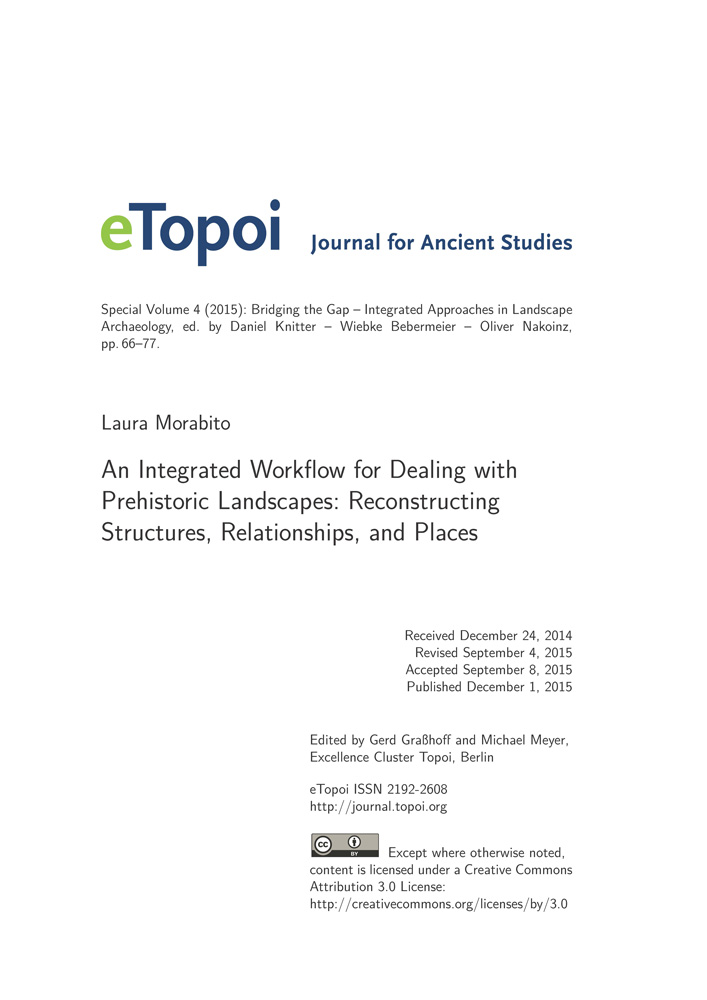An Integrated Workflow for Dealing with Prehistoric Landscapes: Reconstructing Structures, Relationships, and Places
Since uncertainty is part and parcel of archaeology, using the scientific method to reconstruct historical processes is an absolute priority. This is even truer for prehistoric contexts, where human traces on the territory are ephemeral and less invasive. Working on prehistoric landscapes presents the researcher with complex methodological issues that must be dealt with. GIS technology is a leading method of highlighting the elements that condition settlement choices; it clarifies the interaction among different types of sources and increases their informative potential. This contribution describes the methodological workflow we applied to deal with such issues through a case study of settlement strategies during the Bronze Age in Tuscany, Italy.

